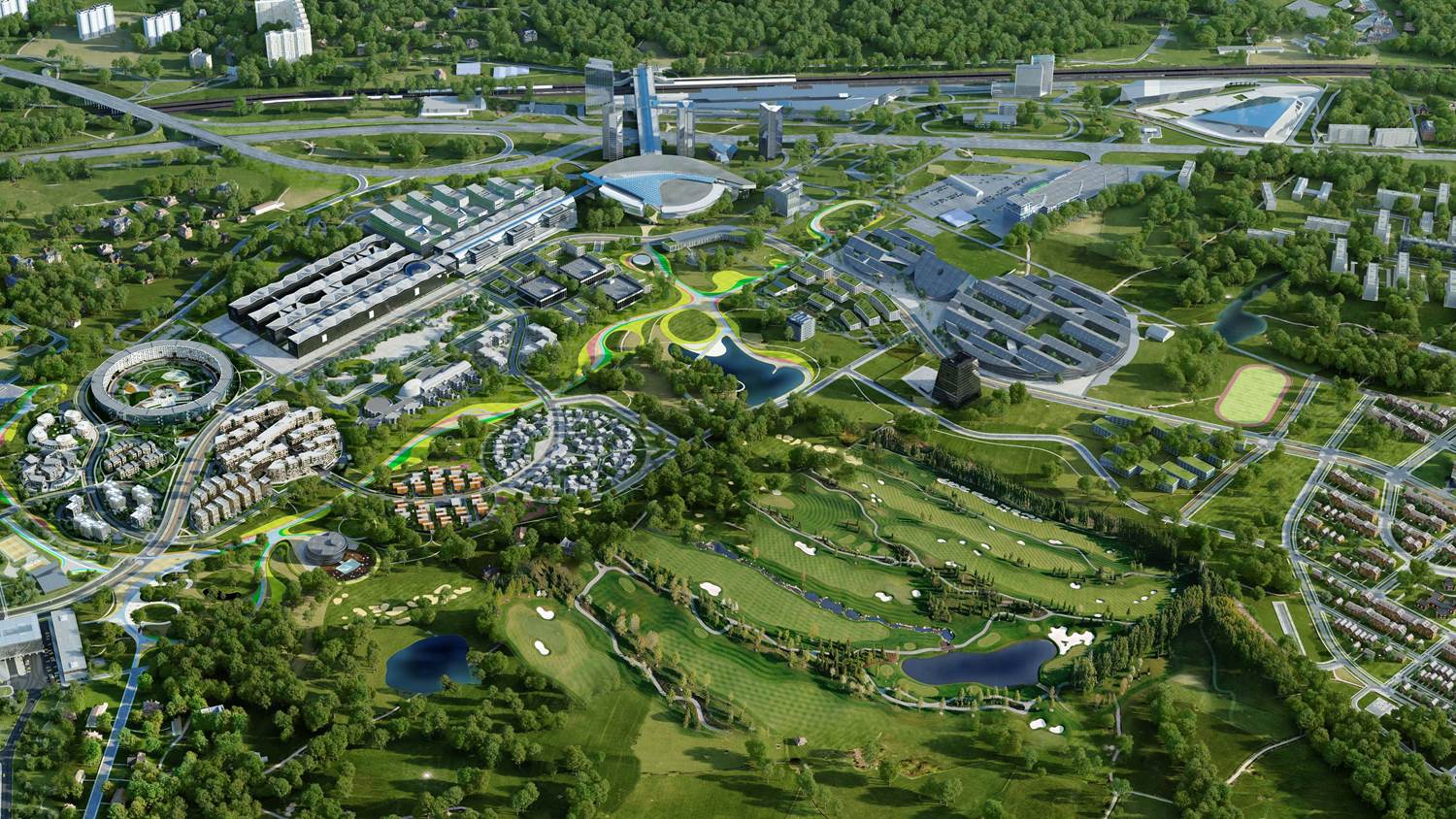
Russia’s startup ecosystem
Russia is a relatively new striving player on the global open innovations market. Increased interest in innovations and newly articulated legal grounds provide a healthy measure of support to the business of new technological companies.
This is a new but welcome state. Prior to the collapse of Soviet Union, research has been driven almost entirely by closed research institutes that collaborated with manufacturers to provide solutions that were specifically commissioned. Knowledge mobility was severely restricted and new technological developments often never left the drawing board.
In the 1990-ies and 2000-s efficiency of many old businesses suffered. Even though massive infrastructure has been inherited from the Soviet times, the operations themselves were inefficient and were mostly competitive because of access to cheap and skilled labor and significant discounts awarded by the state to first entrepreneurs to claim these government-managed companies as property.
Faced with a decline in economy growth rates and recognising it as, among other things, a result of no particular innovations policy on the corporate and country levels, government started laying groundwork for a healthier economy. Russia enjoys an astounding level of tertiary education – over 53% of population have university degrees and university education quality in some subjects remains on a world-class level.
Russia has selected major corporations, mostly state-owned, as the leading drivers of innovation. They are required by the state to implement Innovation Development Programmes — innovation strategies in cooperation with universities, research institutes, other development organisations and technology clusters. As a result, now R&D spendings of these entities alone amount to more than 2% of their gross revenue. Such majors as Sberbank (globally present universal bank), Tatneft (oil major), Rosneft (oil major), KAMAZ (automotive and diesel company), Rosatom (Russian Nuclear Corporation), Roskosmos (Russian Space Corporation) are actively involved in research and development. Moreover, as the government requirements are difficult to execute using only in-house facilities, these companies have started forays into the open innovation market, selecting startups to pilot and cofund their solutions. There has been a prominent spike in corporates’ activity over the last four years after Russian currency experienced a value spike and subsequent reevaluation, with majors now scouting the market for solutions to increase profits and cut costs to secure their success. As a result, over the last three years the value of their high-tech exports from Russia has risen from nearly $9 bln to $30 bln.
There is also a variety of funding instruments available. Venture market is one alternative. In Russia, corporates do not typically engage in venture investment, hence most funds are either private or coinvested by the state through its dedicated vessel – the Russian Venture Company. Nearly 90% of all 184 deals monitored in 2016 were struck with IT companies, with a median investment of $1,1 million. The most profitable year in terms of venture exits was 2015, where nearly $1,5 bln were earned by founders and investors.
One of Russia’s advantages as a domicile for technological startups is its diverse state granting policy. Over the course of the last three years, an estimated $427 million were disbursed to small and medium technological companies, with the Fund for Assistance to Small Innovative Enterprises (FASIE) and Skolkovo Foundation being the largest grant givers. Grant funding is essentially free, with the government not demanding anything in return as long as the recipient can confirm that the granting agreement has been carried out to letter.
Skolkovo Foundation is one of the largest innovations centres in Europe, occupying over 400 ha. It has been conceived and brought into existence by a Federal Law in 2010. Its task is to create a sustainable ecosystem that will assist in internationalisation of the Russian innovation system and assist spreading the culture of technological innovation entrepreneurship. To this end, more than 1,700 companies have claimed the status of Skolkovo participant along with respectable benefits after a rigid review by an international panel of experts. One other significant service that the Foundation provides to startups is permanent mentoring and acceleration done by seasoned professionals and accomplished businessmen.
Japanese industry has been developing ties with the Innovation Center since its inception. Panasonic has invested more than $1.5 mln in its R&D Сenter in Skolkovo and joint projects with the Foundation over 2014-2016. Following the roadmap signed in 2016, the parties develop cooperation in the fields of IT (smart home and smart cities) and agriculture (indoor farming) with the involvement of Russian technological startups. In the partnership agreement FANUC signed last year, the corporation pledges to build an engineering and R&D center (6 thousand sq.m.) in Skolkovo and to cooperate in industrial robotics. There are also successful examples of technology transfer and spin-offs: ASPERA is a Skolkovo resident developing cancer vaccine based on Mie University studies, and Japanese Mebiol Inc. is establishing an affiliated company in Skolkovo to adapt its soilless film farming technology to northern climates.
National statistics used in this article were cross-checked with the OECD data.
Author:

Dmitry Politov
Director, International Cooperation, Skolkovo Foundation
Master in Finance and Major in Political Science, Dmitry joined the Foundation in 2011. He supervises international activities of the Foundation, articulates international strategic priorities, communicates with large corporate partners and represents the organization before government, foreign and international bodies for the purposes of international cooperation.